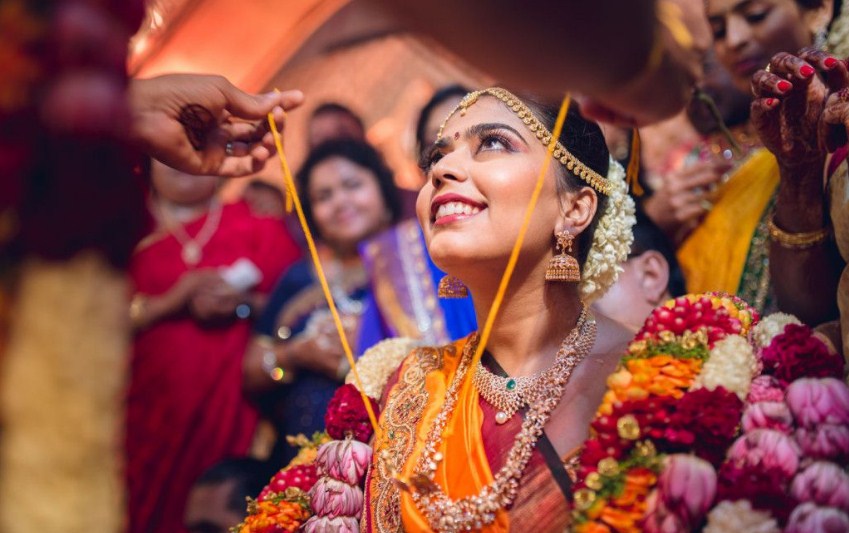
South Indian Marriage Rituals, Culture & Traditions
If you haven’t attended a South Indian wedding, then you are surely missing out on a lot of fun! The rituals, amazing food, and great hospitality – all mingle together to create an unforgettable experience. But, your idea about an Indian wedding is going to change drastically when you land in South India to attend a marriage ceremony. The rituals, mantras, and even the timing of the wedding are completely opposite of what you have seen your entire life! So, ready to explore the unknown? Well, buckle up for an adventure, which will bore into your memory for a long time now!
Unveiling the popular rituals of South Indian marriage:
Nichayathartham:
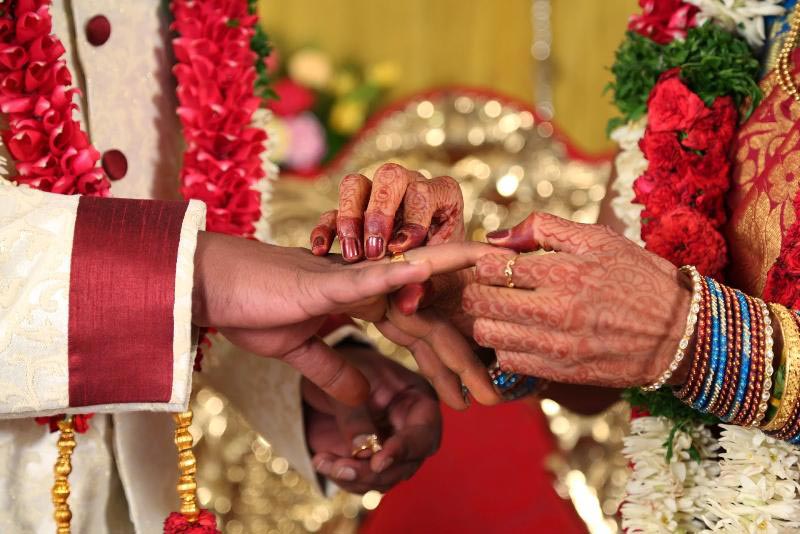
What you know as an engagement party is called Nichayathartham in South Indian wedding. Also known as the famous pre-wedding ritual, this ceremony starts with a typical Ganesh Puja to ward off evil eyes and help couples start their journey afresh. Here, Lord Ganesha will enjoy lip-smacking sweets and savouries as a sign of tribute. Then the groom’s family will gift the would-be bride some jewellery and a saree to wear on this special occasion. Later on, the couple exchanges ring as a promise of fruitful married life. The guests will receive an invitation card for attending the engagement ceremony, called LagnaPatrika, with Lord Ganesha’s icon on top.
Pandakkaalnadudhal:
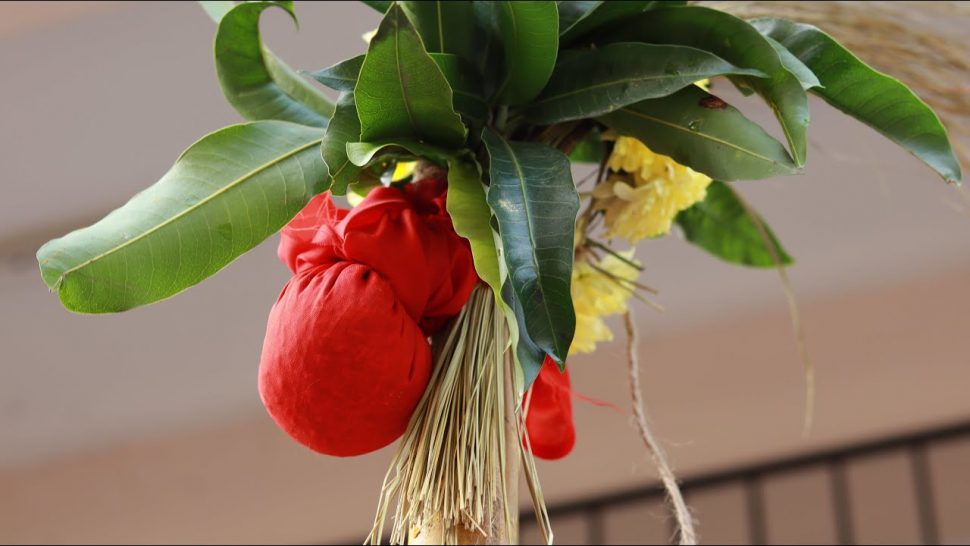
This ritual takes place few days before the main wedding. Here, both the families will arrange this event in their respective abodes. Here, the families will plant individual bamboo poles at the main door of their place. It is more like an official message for everyone to come and be a part of this wonderful journey of the young couple. Another main reason to perform this ritual is to keep evil eyes at bay!
Haldi:
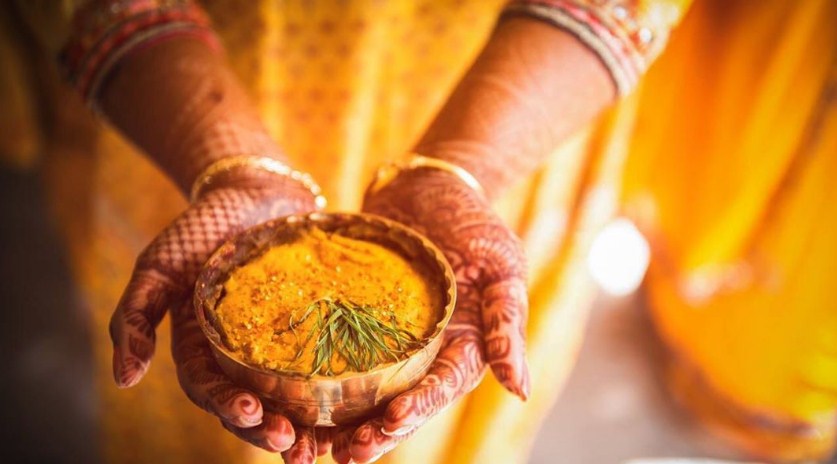
Well, the name says it all! It is that time of the event when the bride and groom will be slathered with turmeric paste in their respective hours. This ritual takes place the day before the main occasion and falls under the pre-wedding ritual category. The anti-inflammatory properties of turmeric will fight off dirt and help the new couples to brighten up their skin and glow before the wedding. Now, this event remains incomplete without family members and friends dancing and singing to their favorite beats! So, it is the ultimate definition of fun and enjoyment!
Gauri puja:
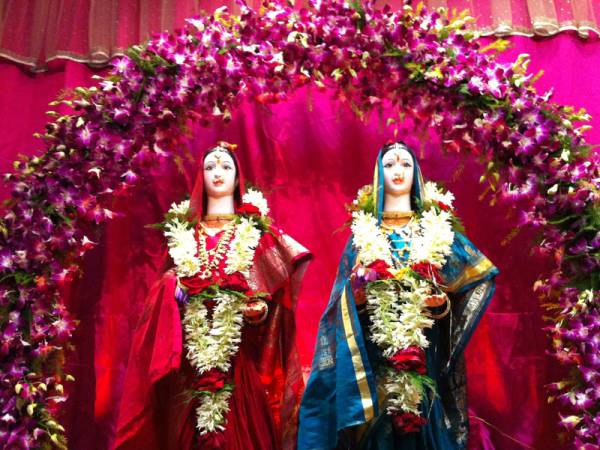
This ritual is purposely for the bride’s family to celebrate, as it is dedicated to Goddess Parvati. This ritual is all about purity. Every new bride-to-be has to perform this puja by completing it is rituals before the day of the wedding to get blessings from The Almighty. This function is pretty colourful. The bride’s uncle plays a pivotal role here by presenting her with a saree and some gifts. The Gauri puja includes multiple husks and rice related activities, as rice means prosperity and fertility in Indian culture.
Mangalsnaanam:
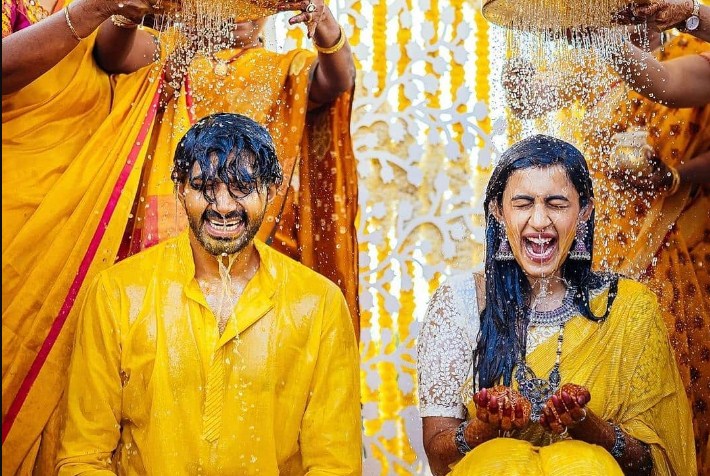
Also known as purging bath, this South Indian culture takes place early in the morning. It usually takes place on the wedding day, but if the family wants, they can complete this ritual the day before the wedding. As understood from the name, this ritual talks about a holy bath. Here, a mixture is made using turmeric and pure oil and then slathered to the groom and bride’s body. Later, they will take a shower. The scientific reason behind this ritual is to help the couples get rid of harmful bacteria. Turmeric is known for its antibacterial properties and will keep infections at bay!
Kashiyatra:
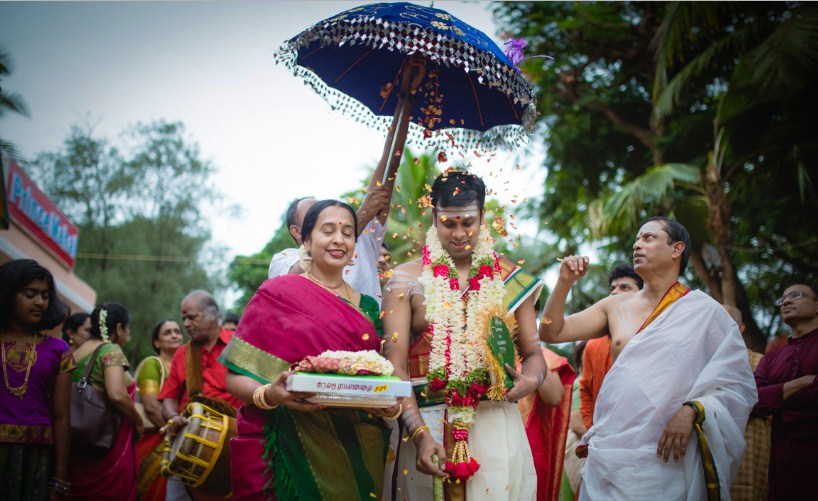
Another one of the exciting rituals of the South Indian wedding, Kashiyatra, takes place on the wedding day. Here, the groom acts to leave for Kashi (India’s holy site) as he doesn’t want to marry. So, he leaves the venue with an umbrella, a walking stick, and some other necessities for completing the journey. Well, this story has an interesting turn of events! While on his path, the groom is stopped by the bride’s father, who asks him not to leave the place as his daughter is waiting to get married. After multiple appealing sessions, the groom goes back to his house to get ready and take his bride by exchanging garland, also called “maalaimaatral.”
Maalai Maatral:
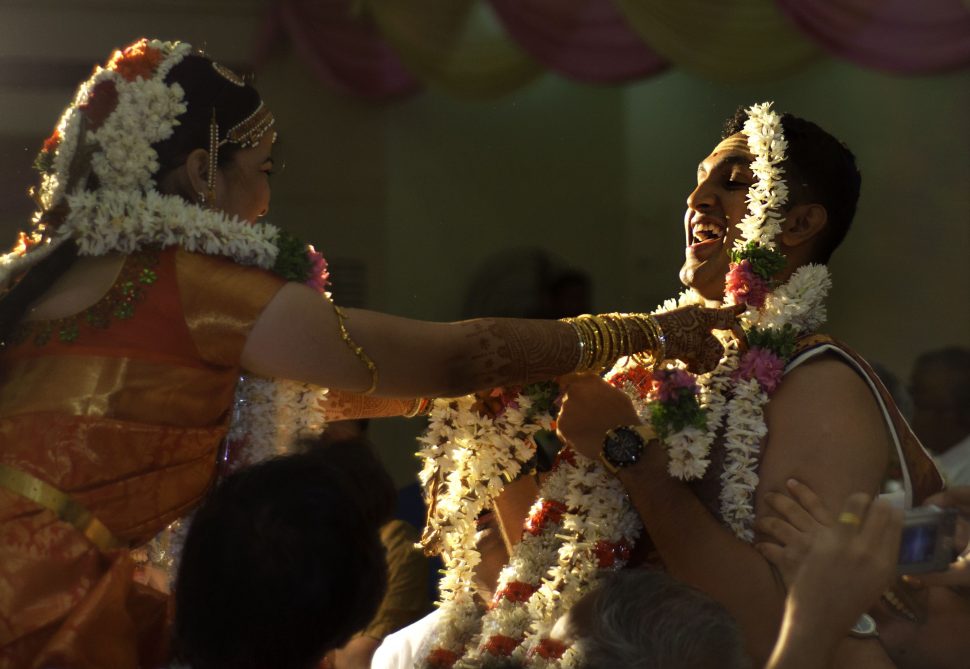
This tradition of garland exchange is an age-old tradition seen in every Indian tradition. Whether you reside in South India or belongs to a North Indian city, this tradition is pretty common.
Kanyadanam:
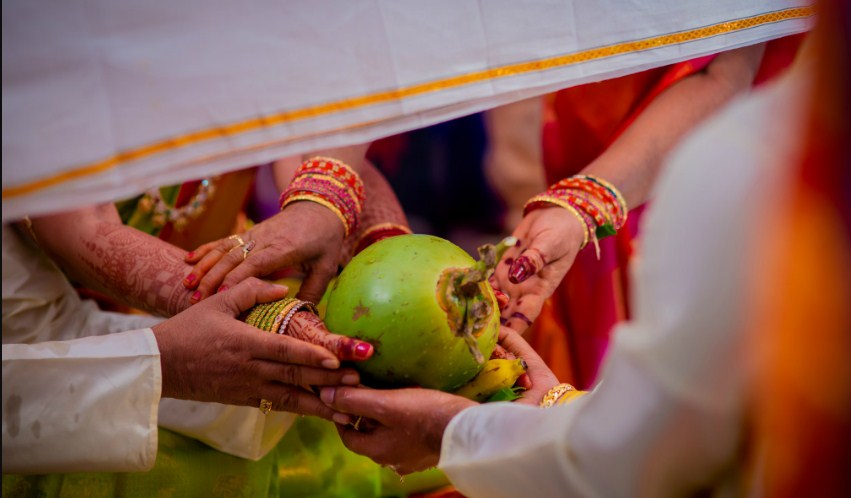
This ritual talks about the epitome of faith in Lord Vishnu and Goddess Lakshmi. Here, the groom plays the role of Lord Vishnu, and the bride is treated as Lakshmi. This is one emotional period for the father and his daughter, where the daughter sits on her daddy’s lap. Even though it is a pretty uncommon sight, but it is the biggest sacrifice that a dad can make! Here, the father offers his daughter’s hand to the groom (Lord Vishnu) while milk and sacred water are poured and shlokas recited at the same time.
MangalyaDharanam:
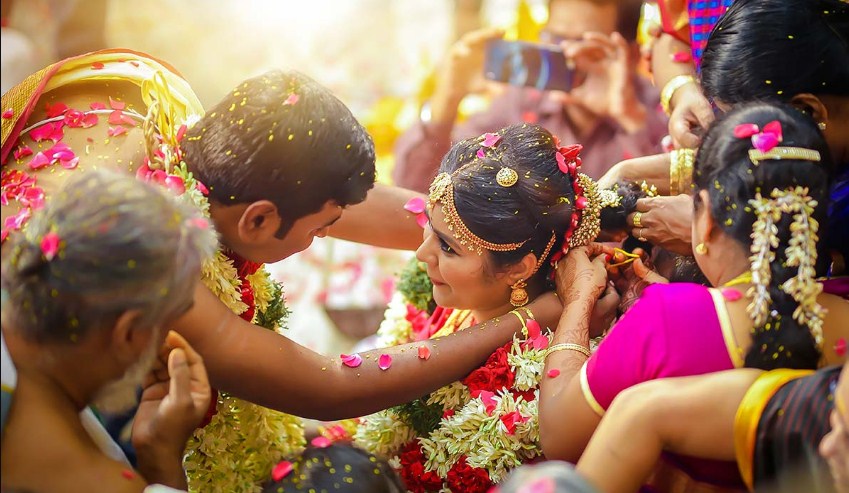
This is the most precious moment of the entire wedding everyone has been waiting for! Here, the groom carefully tied the mangal sutra or the thali around the bride’s neck in front of everyone. It is one way of tying two souls into one. The exciting vibe is all around the couple, who enters the new life of togetherness.
Saptapadi:
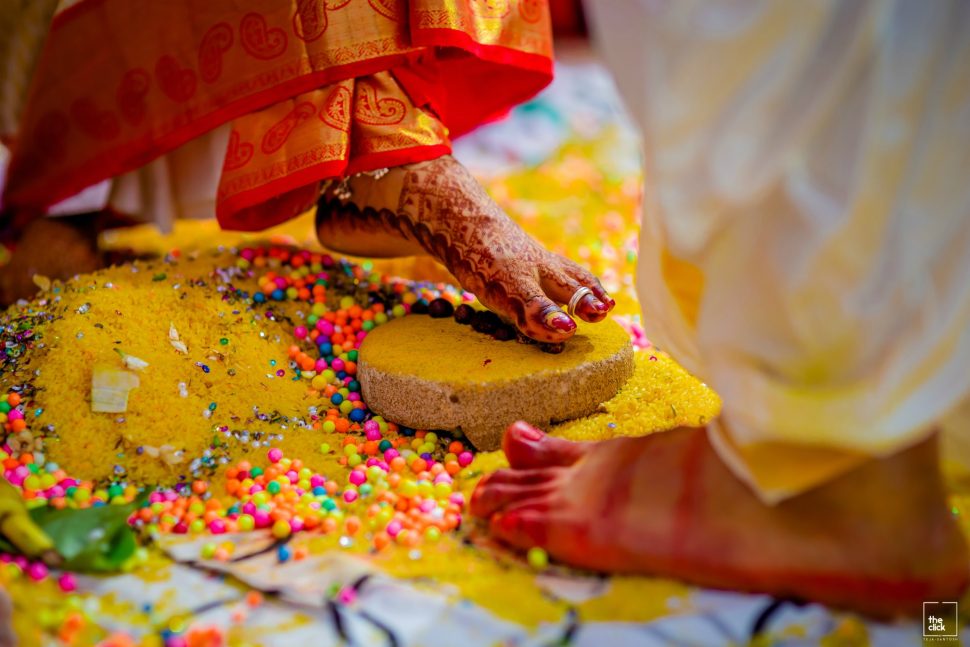
Known as the post-wedding ritual, here the couple circles around the holy fire 7 times, which marks 7 precious vows of life. During this time, the couple’s attires are tied together and will be kept in that manner till the end.
End of a precious ceremony:
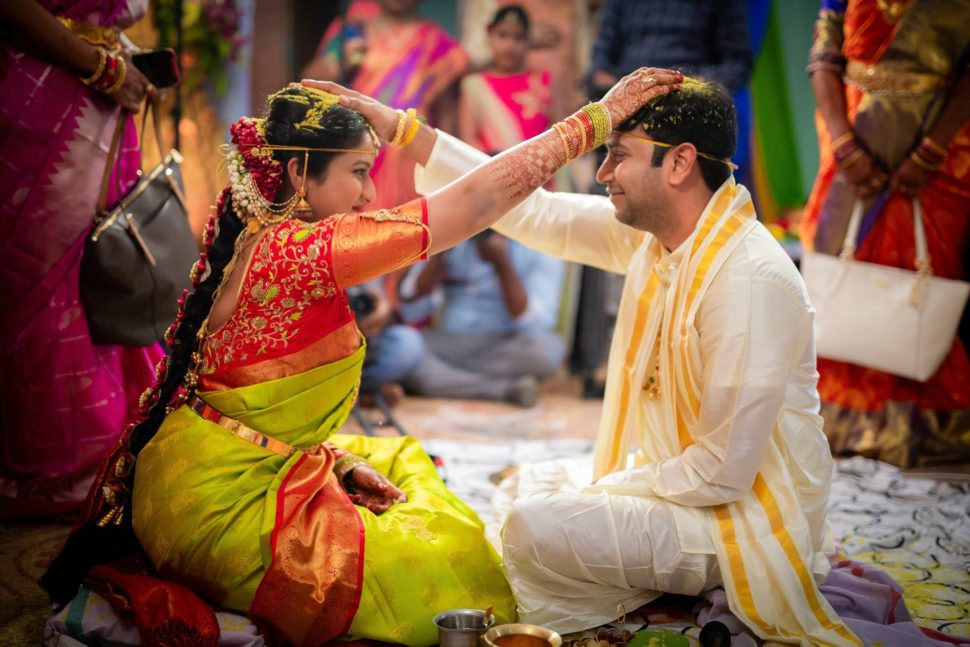
Even though Indian weddings, in general, are known for their colors, excitement, music, and dance, the beauty of a South Indian wedding are at another level. The exciting faces, happy tears, and emotional turn of events will give you goosebumps right from the start till the end. Even though the ritual lasts for a few days, but every day brings a new level of joy to not just the couple but everyone involved in the wedding!


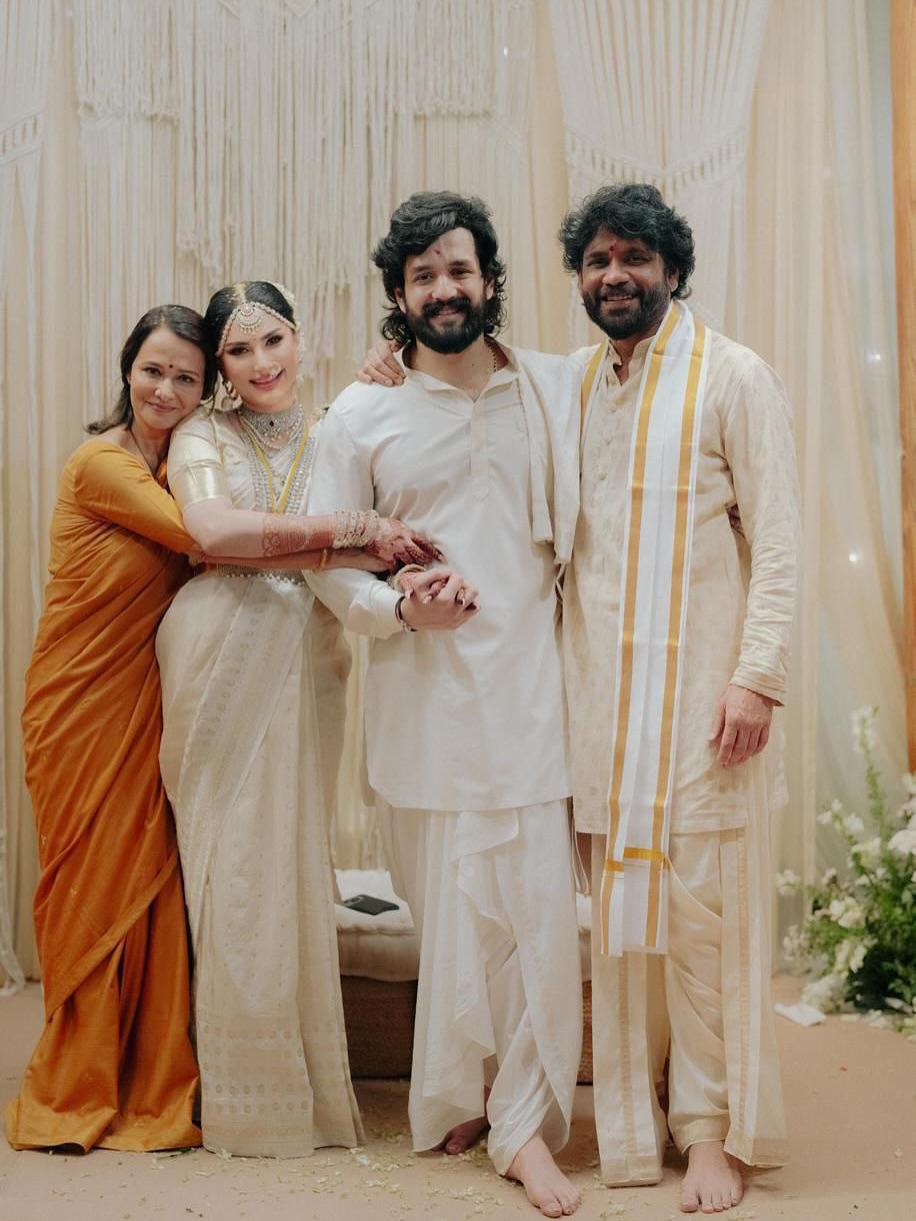
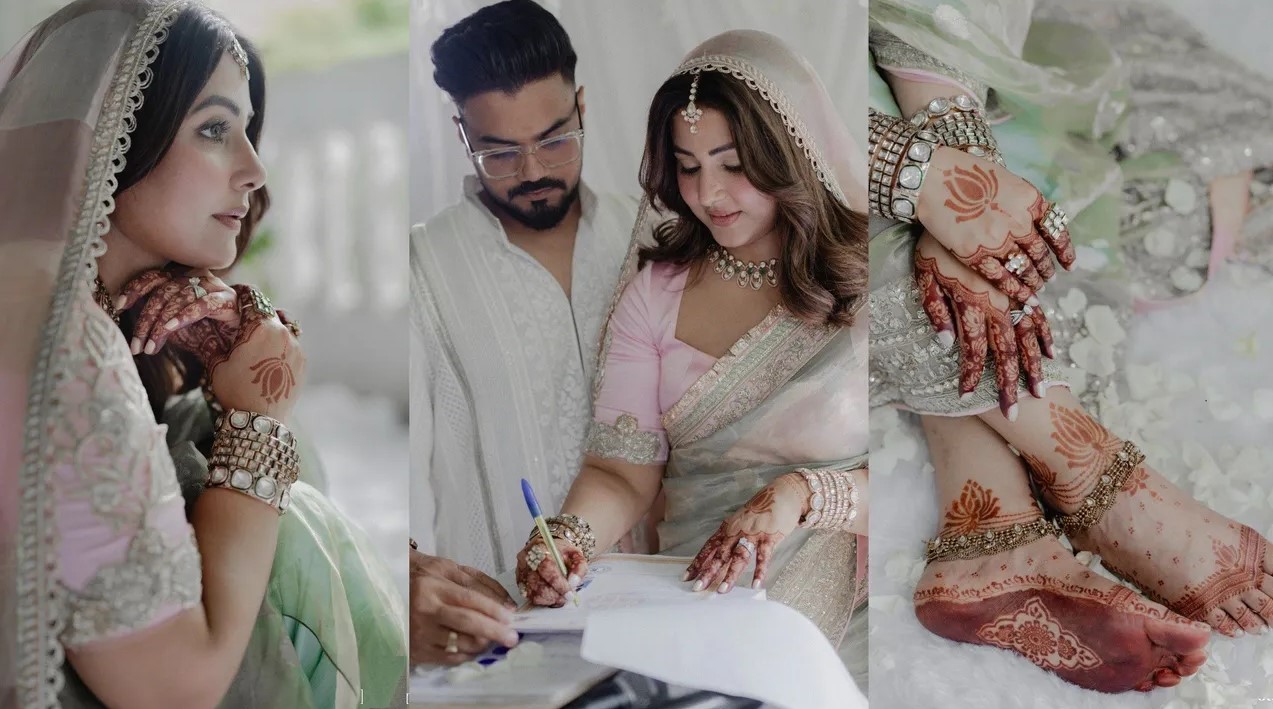
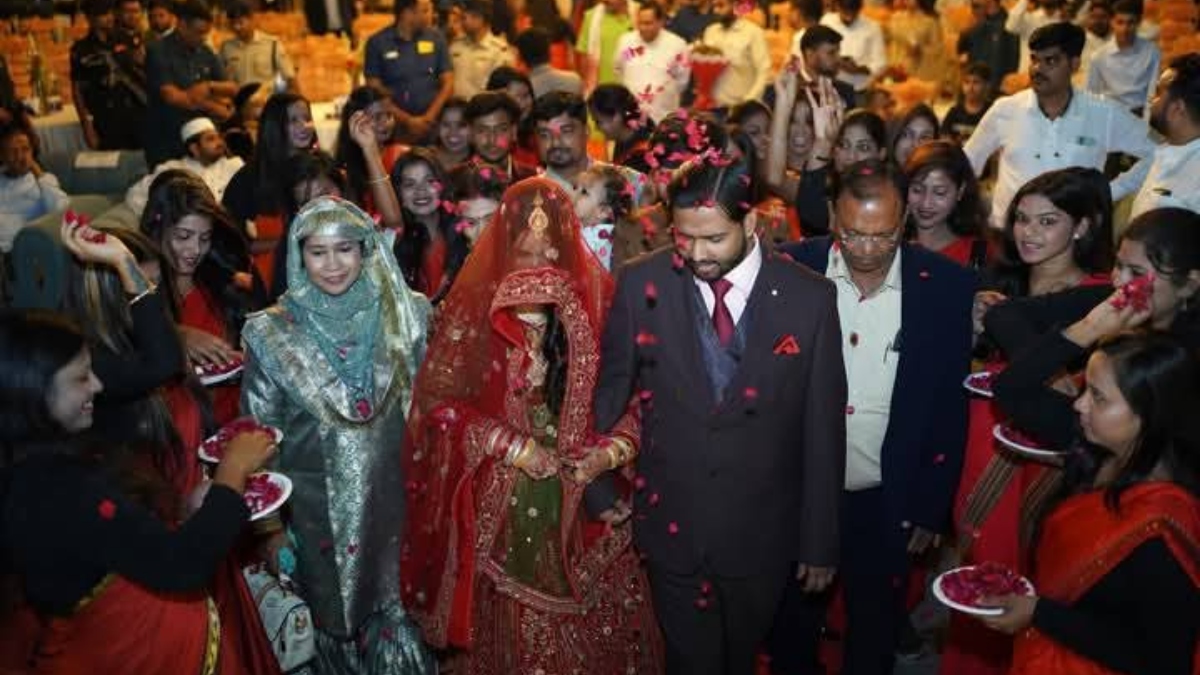
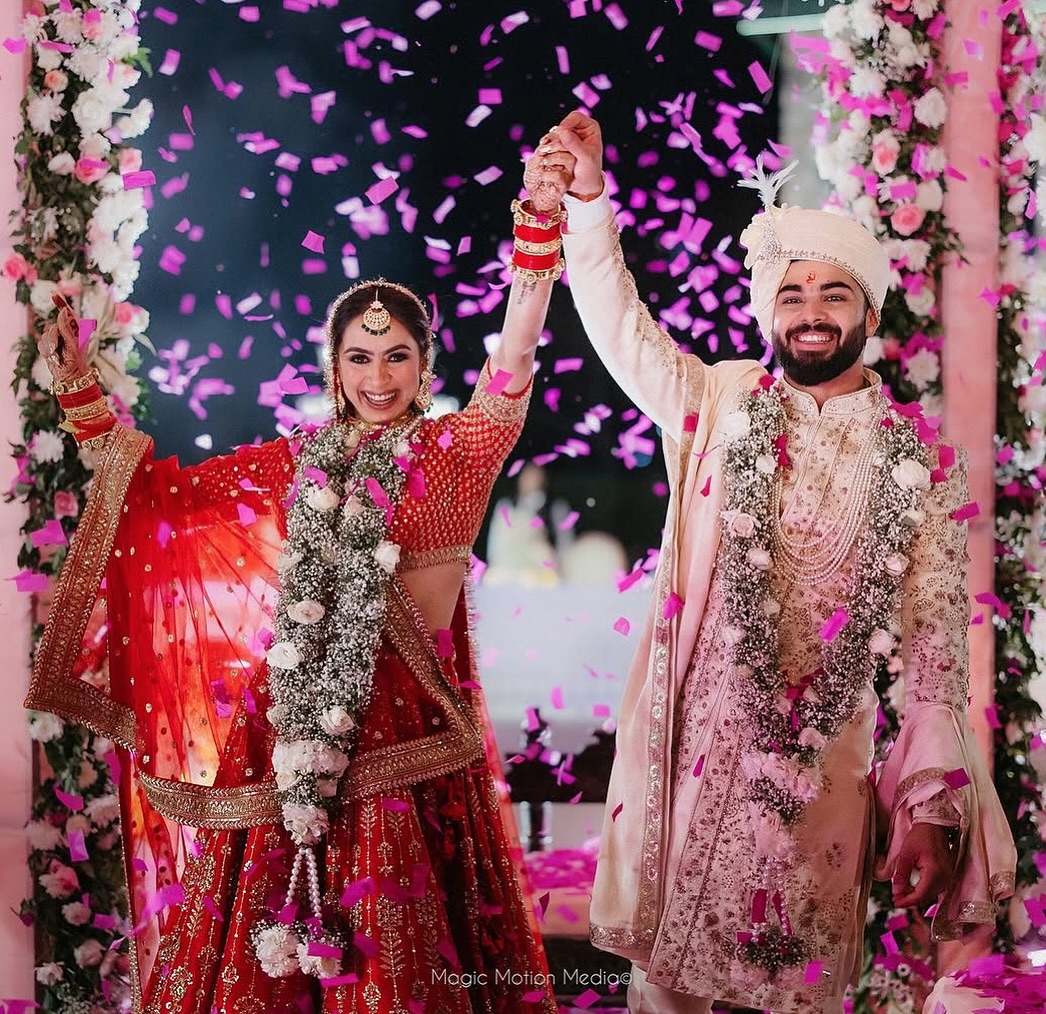
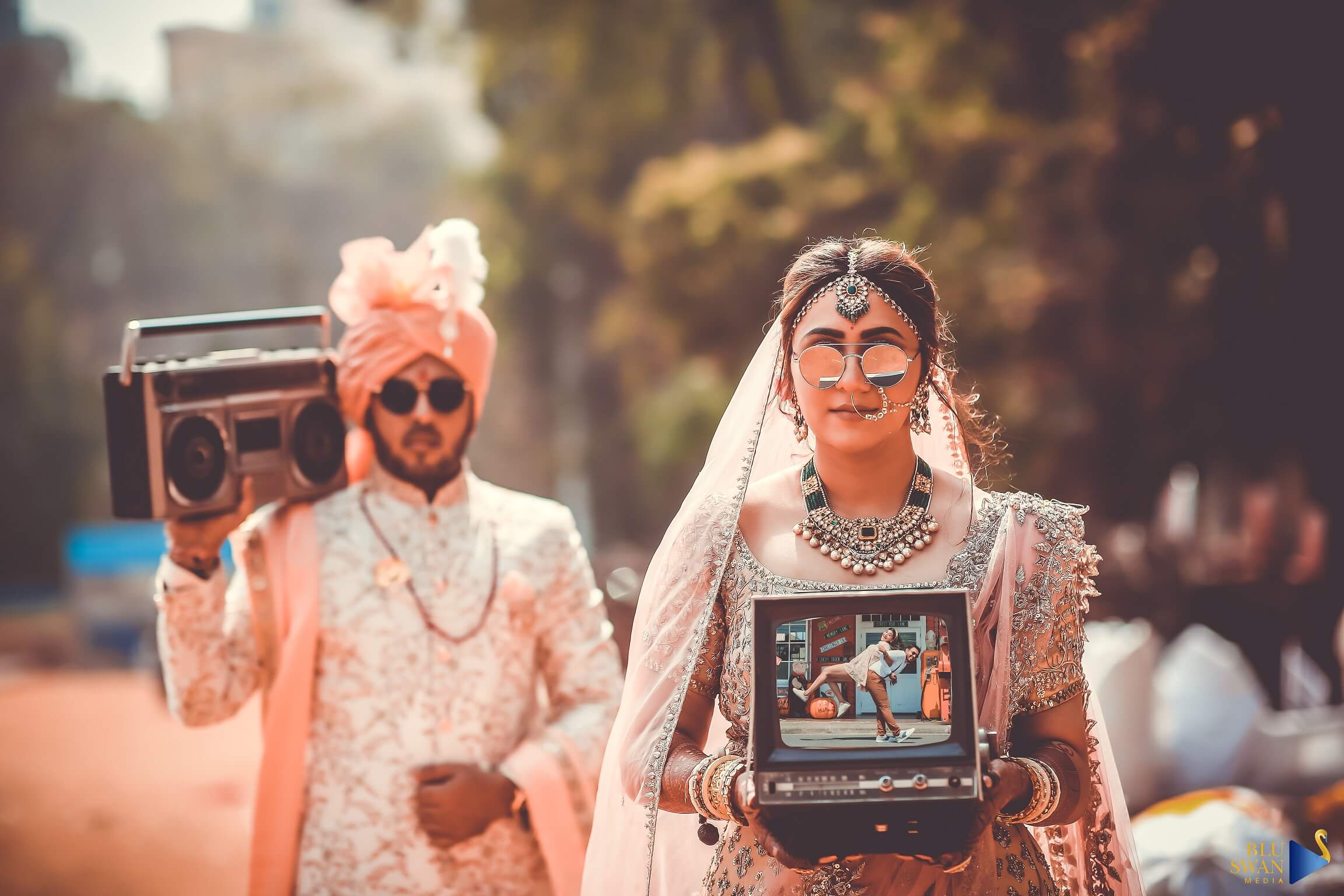
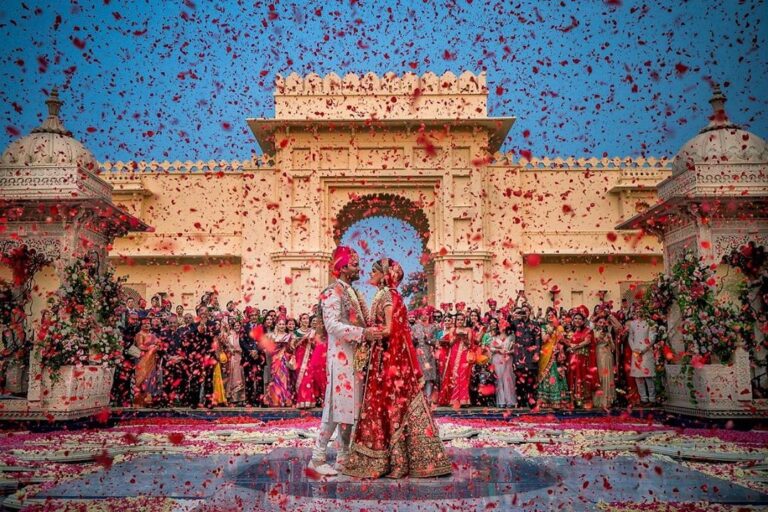
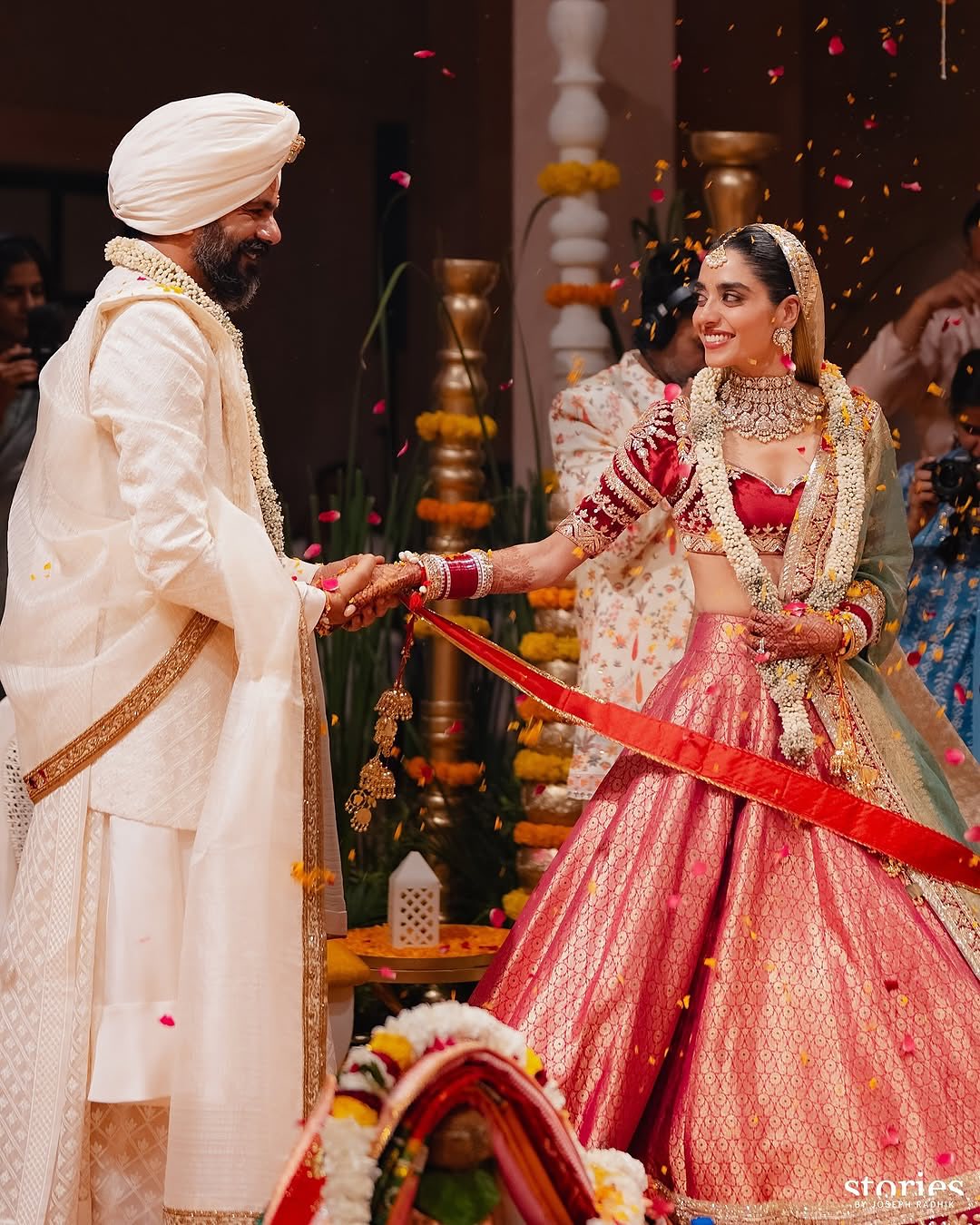
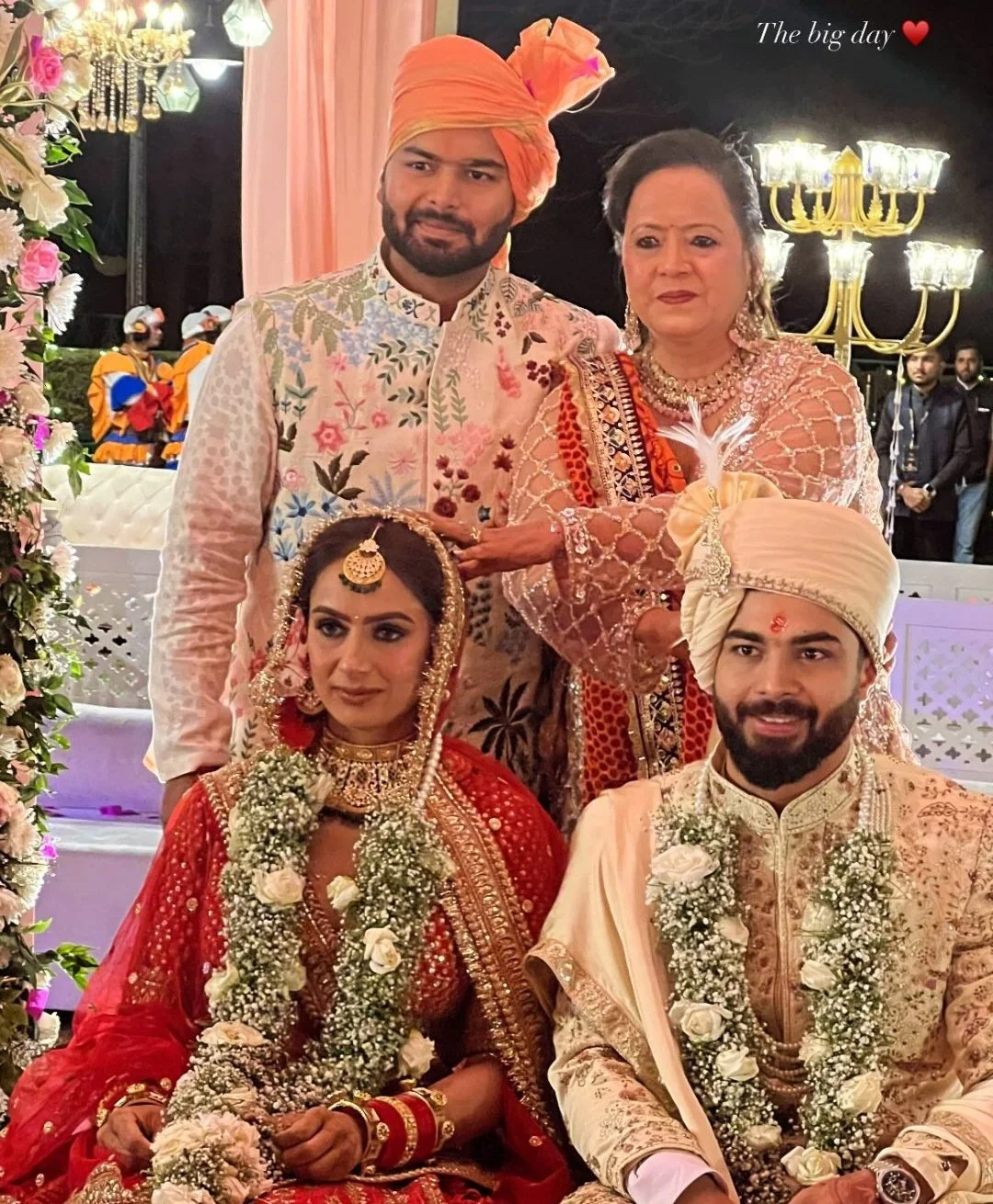
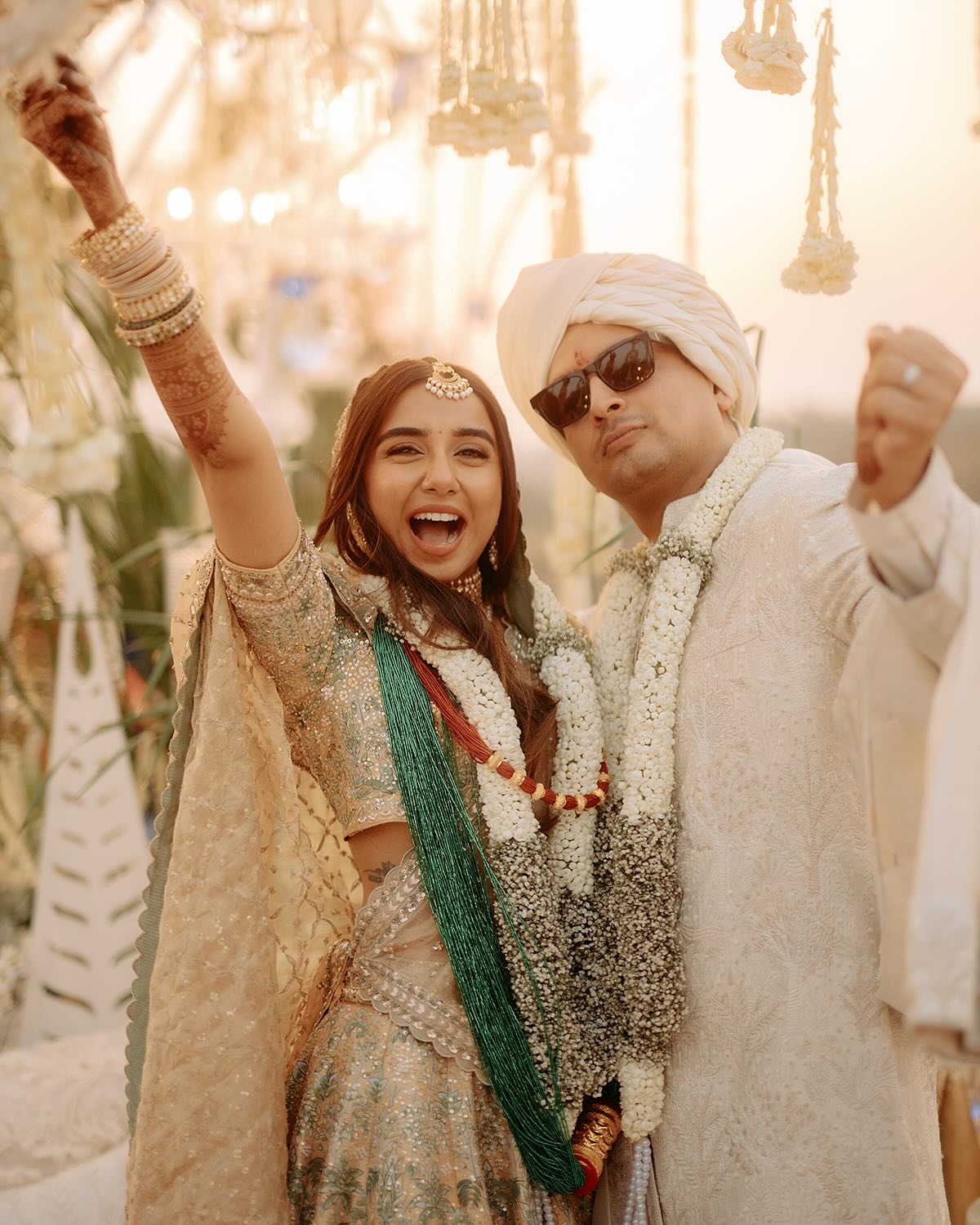
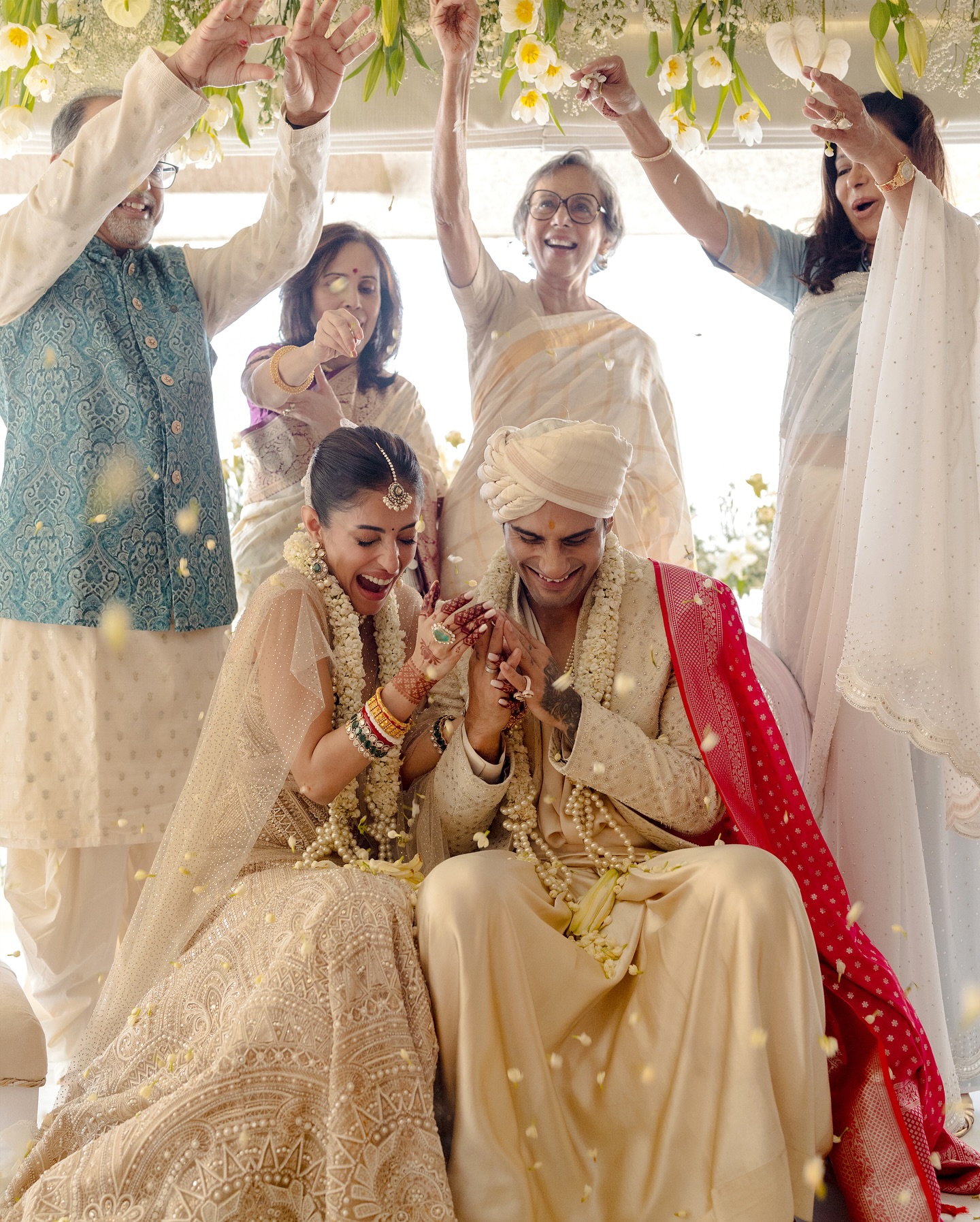


Your feedback